Quebecois College Students Build Car Capable of 2,713 Miles Per Gallon

Students from the Université Laval of Quebec won the the 11th annual Shell Eco-marathon Americas competition in Detroit for the second time in a row last month. The energy-efficient gasoline powered prototype managed an impressive 2713.1 miles per gallon on an internal combustion motor. However, the unit was only a two horsepower engine and spent the majority of its journey coasting at low speeds.
Encouraging automotive innovation should always be praised but, considering Shell’s guidelines for these events, one would hope for more. The competition has university students designing a prototype car using any combustible fuel, mainly gasoline or hydrogen, in an attempt to out-economy their rivals on a Michigan test course — which is great. The problem is the majority of these vehicles could be outperformed by a reasonably fit individual on a bicycle.
Shell states that the vehicles in the UrbanConcept category must be “roadworthy.” That equates to four wheels in permanent contact with the pavement and some vagaries about everyday drivability. But the ICE Prototype category, which Laval’s car occupies, is unburdened by practicality. There aren’t stringent guidelines on how these vehicles have to accomplish their run. Provided drivers can average 15 mph for six miles, they qualify. According to Business Insider, the winning team’s strategy involved accelerating to 20 mph and then coasting to around 9 mph before restarting the engine.
Those UrbanConcept vehicles aren’t exactly ready for the road either, though. The Mater Dei High School of Indiana cranked off an admirable 723.4 mpg with their Supermileage, but it’s still a tiny teardrop-shaped pod that would fail every single crash test thrown at it. And it’s the same for the battery-driven cars, they’re all about minimizing weight and drag but little else. However, we can’t fault the competitors for not bringing road-ready vehicles to a challenge where the objective is to increase efficiency by any means necessary.
If changes need to be made, it should be by Shell. Ideally, these vehicles would be forced to run a course that offered a more normal driving experience — perhaps with some firmer guidelines as to what qualifies as a “roadworthy” car. Starts and stops are a normal part of daily commuting, as are speeds in excess of 15 miles an hour. The standing rules don’t make the achievements of these teams any less impressive. But adding to them would serve to compare these prototype eco units to their real world counterparts and make the event a bit more exciting.
Laval’s Alérion Supermileage team will continue on to Shell Drivers’ World Championship Regional Final, which takes place in London at the end of May.
[Image: Alérion Supermileage Team]

A staunch consumer advocate tracking industry trends and regulation. Before joining TTAC, Matt spent a decade working for marketing and research firms based in NYC. Clients included several of the world’s largest automakers, global tire brands, and aftermarket part suppliers. Dissatisfied with the corporate world and resentful of having to wear suits everyday, he pivoted to writing about cars. Since then, that man has become an ardent supporter of the right-to-repair movement, been interviewed on the auto industry by national radio broadcasts, driven more rental cars than anyone ever should, participated in amateur rallying events, and received the requisite minimum training as sanctioned by the SCCA. Handy with a wrench, Matt grew up surrounded by Detroit auto workers and managed to get a pizza delivery job before he was legally eligible. He later found himself driving box trucks through Manhattan, guaranteeing future sympathy for actual truckers. He continues to conduct research pertaining to the automotive sector as an independent contractor and has since moved back to his native Michigan, closer to where the cars are born. A contrarian, Matt claims to prefer understeer — stating that front and all-wheel drive vehicles cater best to his driving style.
More by Matt Posky
Latest Car Reviews
Read moreLatest Product Reviews
Read moreRecent Comments
- Jalop1991 going back to truth in advertising, they should just call it the Honda Recall.
- Plaincraig A way to tell drivers to move over for emergency vehicles. Extra points if it tells were it is coming from and which way you should move to get out of the way.
- EBFlex Ridiculous. “Insatiable demand for these golf carts yet the government needs to waste tax money to support them. What a boondoggle
- EBFlex Very effective headlights. Some tech is fine. Seatbelts, laminated glass, etc. But all this crap like traction control, back up cameras, etc are ridiculous. Tech that masks someone’s poor driving skills is tech that should NOT be mandated.
- Daniel There are several issues with autonomous cars. First, with the race the get there first, the coding isn't very complete. When the NTSB showed the coding and how that one car hit the lady crossing the road in the storm, the level of computation was very simple and too low. Basically, I do not trust the companies to develop a good set of programs. Secondly, the human mind is so very much more powerful and observant than what the computers are actually looking at, Lastly, the lawsuits will put the companies out of business. Once an autonomous car hits and kills someone, it will be the company's fault--they programmed it.



















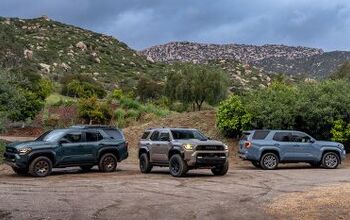
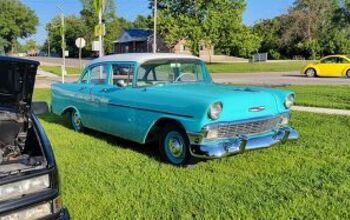



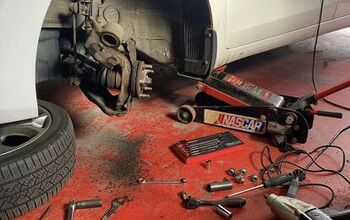


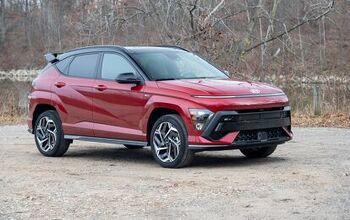




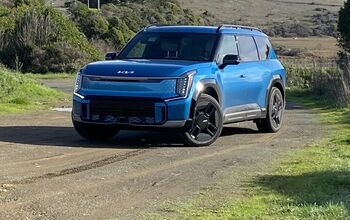

Comments
Join the conversation
guy did 85mph in a pedal powered cycle. http://newatlas.com/cyclist-human-powered-speed-record/39472/
I was in a physics club about 20 years ago and I was part of an electric car project. The original competition was how many "laps" off of fixed charged batteries we could get. Our particular car was more a low slung go-cart. It weighted in at about 1200 lbs, used small motorcycle tires with disc brakes, and used a very large DC electric motor connected to a a rear axle. We got it up to 60mph and it only completed about 15 laps. The competition had these 200lb fiberglass domes over minimal framing with 3 wheels. Their max speed was about about 15 mph, however, they went for close to 100 laps.